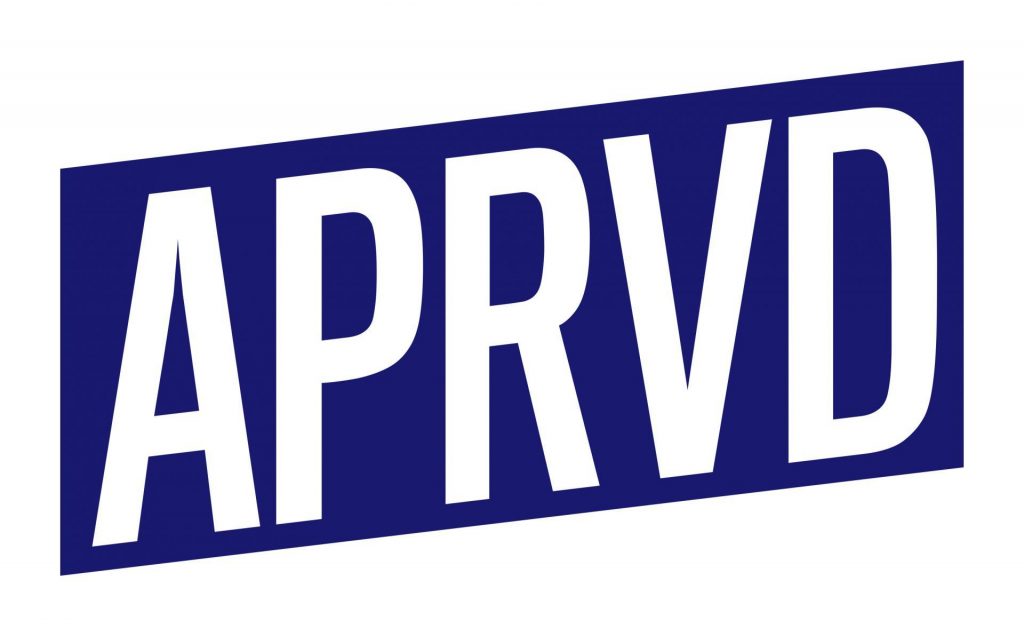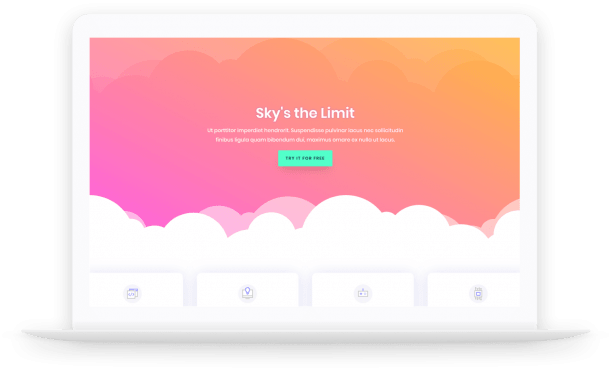Over the last decade or so, social media has undoubtedly been at the forefront of improving lead generation for a whole range of businesses. Not only is it readily available at the click of a button, it provides immediate access to millions, if not billions, of potential customers.
For B2B marketing, however, the tried and tested social media platforms are not always the most profitable. Talk to any marketing professional about lead generation and they’ll tell you that the key to successful engagement comes from leveraging LinkedIn rather than the traditional Facebook or Twitter that works so well for B2C.
In the end, it comes to that old adage: Go where the customers are.
Working Organically with LinkedIn
There are, of course, low cost, largely organic ways to build your following on LinkedIn, develop your network and encourage greater lead success. This includes making yourself more visible with the time honoured social media engagement such as:
- Putting in the right details in your LinkedIn Profile and including relevant keywords so that potential clients are able to find you.
- Reaching out to individuals, businesses and groups to form a strong network.
- Adding additional information and building your reputation through posting blogs and other important and relevant content.
While these methods of engagement can be quite powerful, as a sales tool it has one major problem if you are looking to create leads. They take time. Networks aren’t forged overnight and reputations don’t build without a lot of work.
Of course, this is something that you should be focusing on as a matter of course. It’s part of good ‘marketing’. But there is another way to reach out to potential customers and get the leads that you are looking for which deliver much quicker results.
And that’s using LinkedIn’s own Marketing Solutions platform.
Marketing Solutions on LinkedIn
There are around 560 million professionals registered on LinkedIn and, with many of them tagged as decision makers, finding more direct routes to engagement is important. Getting your message in front of the right people at the right time is will, of course, dramatically improve your lead generation.
As with social media platforms like Facebook and Twitter, LinkedIn gives you the chance to place targeted ads and get them in front of a specific set of people. There are a number of ways to do this:
- Sponsored Content: This lets you run native ads in the news feed. You receive better engagement than traditional approaches simply because this content doesn’t stand out like ‘real’ advertising.
- Sponsored InMail: This helps deliver a tailored, personal message at the right time in LinkedIn’s messenger facility. It happens in real time when your target audience is actually active on LinkedIn so they are more likely to see your content.
- Text Ads: If you’re working to a strict budget, text ads are still a powerful way to reach out and grab those leads. This is pure pay per click advertising that allows you to set how much you want to pay by bidding on the platform.
- Dynamic Ads: These are a step up from text ads and allow you to add video and other content to target your potential customers. LinkedIn offers a wide range of templates to choose from to really help you get noticed.
- Programmatic Display Ads: These allow you to use your own programmatic platform and introduce display ads that are highly visible and deliver strong results.
- Elevate: Getting your trusted employees involved can greatly increase your reach when it comes to developing leads. The Elevate platform allows them to share great content and use data to optimise results.
Audience Building with LinkedIn
LinkedIn users range from large corporations and top executives to students and small business owners. Finding the right audience for any marketing message is about targeting and picking the demographics that you’ve identified as important.
The good news is that you can target individuals by industry, company, skills, titles and more. You can also use LinkedIn’s tools to collect data about visitors to your website as well as upload your own list of email customers and contacts. What’s more, you can use the marketing platform to integrate data from accounts for matched audiences.
Most user don’t realise that you are able to reach out to your audience when they are using platforms other than LinkedIn. The audience network allows you to get your ads to appear on thousands of partner apps and websites connected to LinkedIn. That gives you a much broader reach than with many other social media sites.
To build your audience you have to apply filters and build up the demographic profile. LinkedIn provides a wide range to choose from, including:
- Data such as seniority, company name, location, industry type and more.
- You can filter according to interests or skills sets, even what groups people belong to.
- You can filter down to the type of person – are they an entrepreneur, business traveller or opinion leader, for example?
- You can even add your own target audience and match them against more than 8 million company pages.
The hard work in successful advertising on LinkedIn is down to how you segment your audience and the message you send out to them.
What is the Insight Tag?
Of course, if you are trying to drive leads to your website using LinkedIn, it helps to be able to measure your performance. That’s where the Insight Tag comes in. It’s a powerful little bit of code that can mean the difference between success and failure for any campaign.
You generate the java coding in your LinkedIn campaign account and then insert it onto the pages of your website. It works in the same way as Google analytics and Facebook’s pixel and is a pretty simple process even if you’re not particularly good at HTML or coding. You can find out how to do it here.
When you run a campaign, LinkedIn will produce a number of important metrics you can then use to see how well you are doing. These include:
- How many conversions took place on your website. You need to define exactly what this looks like for the tool to work but, again, this is fairly simple. It could be something like someone buying a product or signing up to your service.
- Click conversions are the number of times someone saw a LinkedIn ad for your business and clicked on it to convert to a customer. In other words they bought something or signed up for something.
- Not all people convert by clicking through the from the ad. They might see it, take note and then visit your site afterwards. Insights treats these users as view conversions if they complete before the end of 30 days.
As with other tracking code, Insights will also pick up the conversion rate and cost per conversion, the value it is worth to you or your company and the ROI for your ad spend.
All this means that tracking which campaigns are working and which aren’t is easy. You understand immediately from the console which leads are converting and there are helpful graphics to illustrate what is happening. You can use this data to tweak and optimise your ads and improve the targeting.
6 Top Tips for Getting it Right With Your LinkedIn Ads
- Always write your content from the reader’s/user’s point of view. It will have more power.
- Take time to pick the right image that resonates with users – avoid dull stock images.
- Personalise as much as you can. It’s the name of the game now and the more you can do it the better response you will get.
- Always test your content out and keep testing even when you are satisfied with the results of a campaign. Change your ad content, tweak it to see what your response you get, and then have the guts to change it again.
- Stay within your budget and use your bids wisely. This will help keep you focused on track with your campaign.
- Make the most of your metrics with the Insight Tool and make a conscious effort to use it to improve your ROI.
In the right hands there’s no doubt that LinkedIn is a very powerful B2B sales tool. Work out who your audience is and get the right message in front of them, develop the appropriate content and you should be able to create many more leads with a great return on investment.


